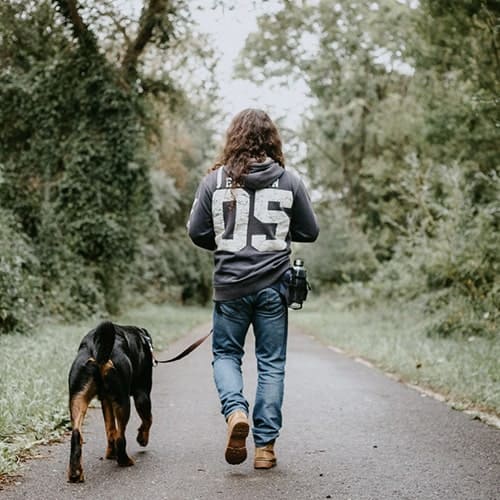I was at Beautiful Days at the weekend. It’s a little festival in Devon that the Levellers run. It sheeted with rain most of the time and everything turned into a bit of a mud bath, dirt-spattered punters skating around in thick sludge, clutching pints of Otter ale and dragging sleeping kids in wheelbarrows with blankets and brollies over them. We had a fine old time. Among highlights were Seth Lakeman pretty much sawing his violin in half, good old Turin Brakes, and being seduced from 50 feet by Nouvelle Vague. Channel-skipping harpies.
Oh, and the slowly decomposing remnants of Swampy’s tree, brought on the back of a truck and sort of half re-erected with some metal bars.
But I’ve got sidetracked before I’ve even started. I was noticing this morning that as everyone was striking their tents and sloping off to loiter in the rain for the awful Stagecoach to Exeter, there were patches of grass where the tents had been, all divided up by thin muddied tracks where people had made their own little highways of necessity between the pitches. A bit like those sheep tracks that get you lost on mountains when it’s misty. Some were still nearly grassy, while others were wide dirt tracks – a whole campsite divided up into a network of lanes, B-roads and wide gluey dual carriageways that were only really visible when you took everything away. And I was thinking that for a few weeks all that’ll probably still be visible, and anyone who didn’t know what had caused it would be a bit baffled.
It got me to pondering how you stamp places and objects with your traces, giving them stories to tell. Of course there’s the intentional stuff, like those old lovers who chiselled their names onto the Wainstones up on the moors, or some 12 year-old scraping his tag into a bus window with a flick knife, or even that yard off Bear Alley on the South Bank where someone’s written in huge letters ‘I know I have lost’ (what? What have you lost?) – but there’s also the accidental or coincidental stuff.
Here’s an example. My refined range of hats all have a kink in the brim over my left eye through a nervous habit of pulling them down across my forehead. Then there’s my old mate’s dinner jacket that had a worn patch on the lapel because he’d got it from his granddad who was a saxophonist. Or our wooden music stand with the discoloured spots on the base where condensation’s dripped from the end of a clarinet, or dips in immaculate suburban lawns where there was once a swing. Stuff like that.
I remember another friend telling me about a pair of old, unmarried brothers in some particularly rural corner of Ireland from which her family hail. They didn’t have power or a telephone until recent decades, and after supper each night they sit on opposite sides of the fireplace and talk, lacking presumably the diversions of Steven Seagal films and Channel Four documentaries about fat kids who are still breast fed aged ten. They’ve been doing it so long that the stone has worn smooth where they lean their heads against it. The marks will be there long after the brothers are gone, I imagine.
It can be on a bigger scale too. If you go through a curtain at the side of the old women’s canteen at the Braime steel pressings factory in South Leeds, you climb up through lofts full of derelict machinery from the days when we made oil cans, where my old man once found some teacups from the ‘Braime social club’ (now resident in our cupboard in Cally Road) and past a decommissioned post office, up through a hatch in the roof to a little balcony, looking across Leeds. It’s actually a machine gun turret that they stuck on top of the building back in the early 40s, on account of the fact that we were making torpedo casings. I happen to know they never hit anything. Little footprints of history. Like the shrapnel scarring on the obelisk down by the river.
I’m going to include Belzoni too. Go to the Egyptians gallery in the British Museum and hunt down a seated statue of Amenophis III. It’s next to the big Assyrian horsemen with too many legs. On one of the feet is carved the word ‘Belzoni’.
Belzoni was a 6’7 circus strongman, explorer and engineer who spent some years devising ways to drag heavy Egyptian relics across the sands to the river, where they could be safely pillaged by her majesty’s subjects. Larger than life, by all accounts, and certainly a man of some pluck who came to the violent end he probably didn’t deserve. I love the sheer audacity and shamelessness of his vandalism – ensuring the immortality of his own name by stamping it on something much bigger and greater than himself. A rascal until the rocks crumble. If his history had been forgotten then you’d see the word stuck there and you’d probably make your own story up. And it would probably be as good.
